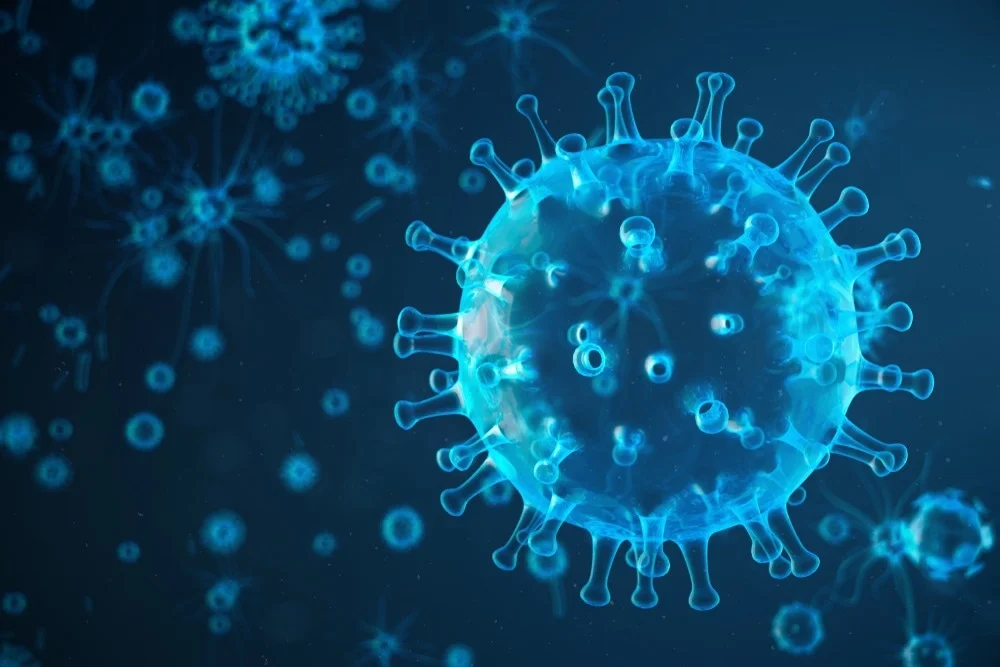Unveiling H5N1 Virus: Understanding Its Threat and Prevention

Exploring H5N1 Virus
The H5N1 virus, also known as avian influenza or bird flu, is a highly contagious strain that primarily affects birds but can occasionally infect humans.
It poses a significant threat to both animal and human health, with the potential for severe illness and mortality.
Transmission and Symptoms
H5N1 virus spreads through direct contact with infected birds or their droppings, as well as through contaminated surfaces or materials.
In humans, symptoms can range from mild respiratory problems to severe respiratory distress, pneumonia, and even death.
Preventive Measures
Preventing H5N1 infection involves strict biosecurity measures in poultry farms, including proper hygiene, sanitation, and vaccination of birds.
For humans, practicing good hygiene, avoiding contact with sick birds or contaminated environments, and receiving seasonal flu vaccinations are essential preventive measures.
Global Response
The global community works collaboratively to monitor, detect, and respond to H5N1 outbreaks, implementing measures to contain the virus and prevent its spread.
This includes surveillance, rapid diagnosis, treatment of infected individuals, and public health campaigns to raise awareness and promote preventive actions.

